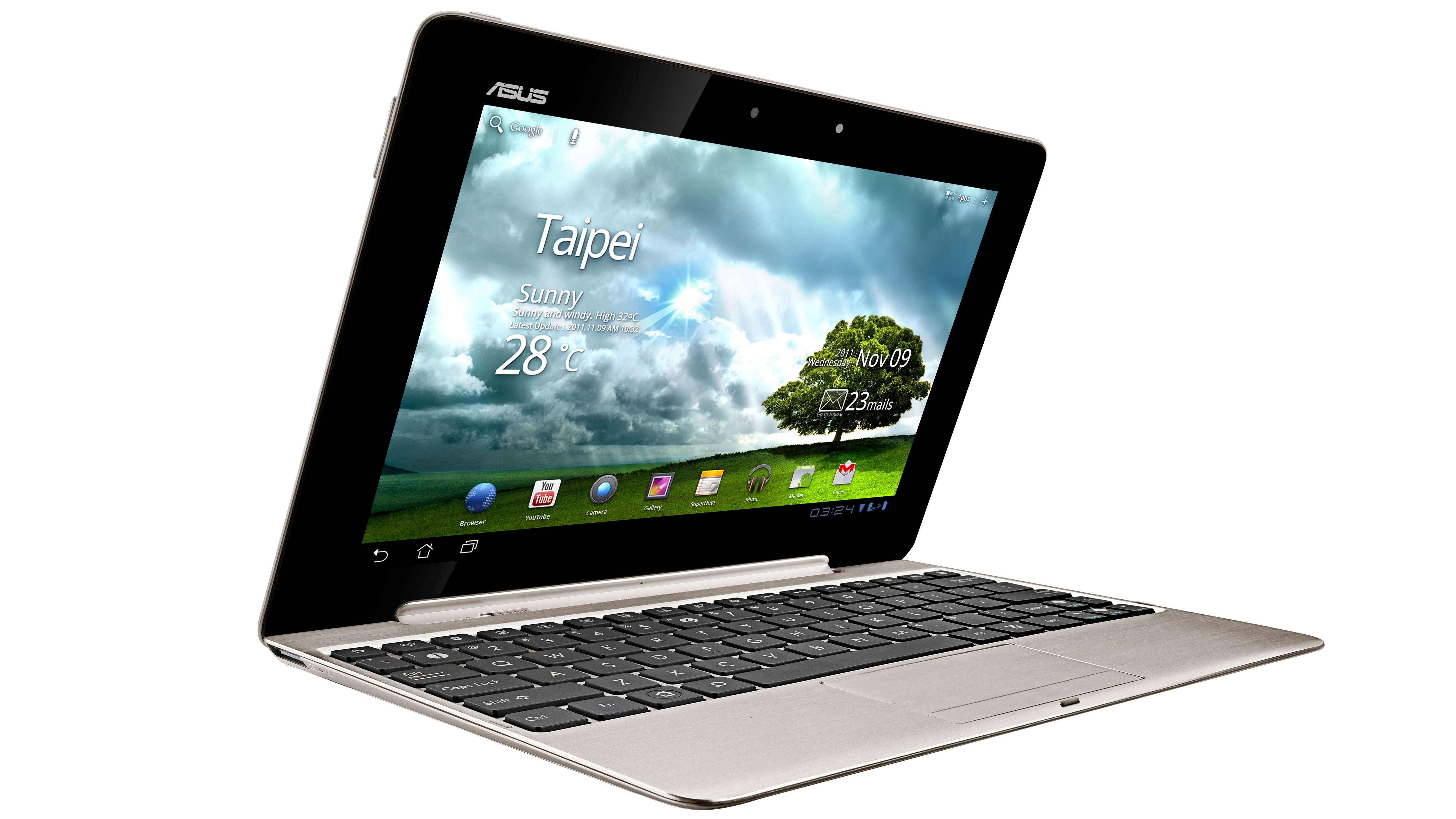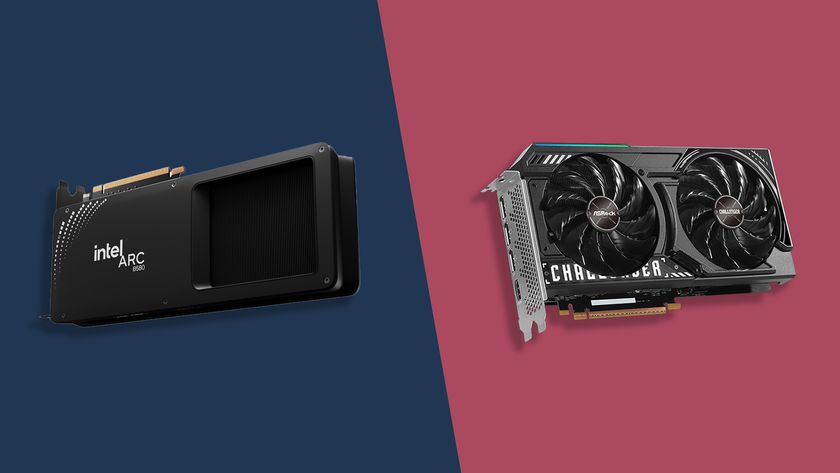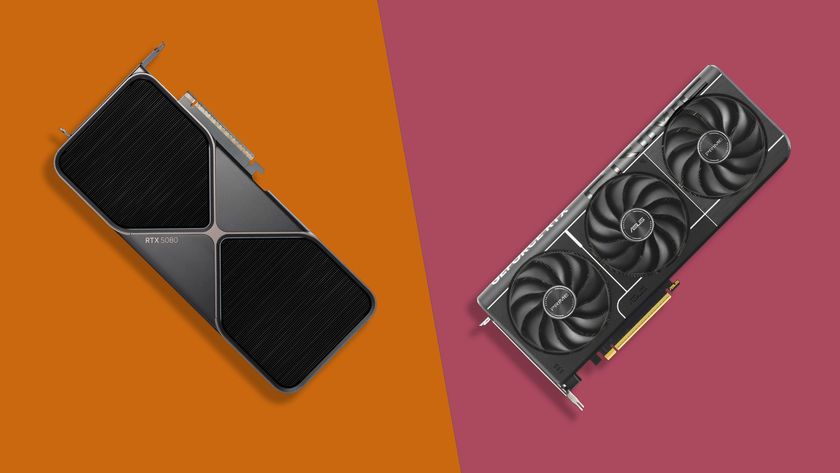Why you can trust TechRadar
The 1280 x 800 resolution, 10.1-inch screen on the Asus Transformer Prime is sharp and easy to read.
We had no complaints reading an entire ebook on the Prime and browsing dozens of websites. Finger swipes and presses registered accurately, and typing was fast and responsive.
Asus chose to use a Super IPS display for the Asus Eee Pad Transformer Prime, and there are pros and cons with this.
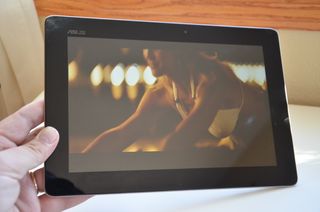
The Transformer Prime is not as bright, colourful, or crisp as the Samsung Galaxy Tab 10.1, so if you plan to watch movies and view photos routinely, the Samsung is the better tablet, and of course both pale into insignificance when put up against the Retina display on the new iPad.
In comparing the exact same videos and photos on both devices, the Asus Transformer Prime has a slightly dull and washed out look.
The Apple iPad 2, which also uses an IPS display, looks marginally better than the Prime but still not as vivid as the Galaxy Tab 10.1.
Clearly, Asus decided to make functionality a higher priority than superior colour reproduction.
The Asus Transformer Prime works better than the Samsung Galaxy Tab 10.1 in a variety of lighting conditions. There's even a super-bright outdoor mode that makes the display easier to read.
There is much less glare on the Asus Eee Pad Transformer Prime than the Samsung Galaxy Tab 10.1, which means the screen works better, for reading emails and books and for browsing the web.
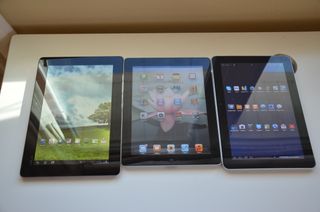
Unlike some recent tablets, the Transformer Prime doesn't use haptic feedback for the keyboard or for any parts of the touchscreen. Presumably this is a trade-off with the IPS screen tech that makes it easier to view the tablet from an angle or to view the screen in bright sunlight or by a lamp.
It didn't hamper the experience of using the tablet, though some users might find that haptic feedback on other tablets gives you a tactile sense that the tablet has registered your finger press.
One surprise is that the screen uses an oleophobic fingerprint-resistant coating. Even more surprising is that it actually works. The chemical agent reduced grime and finger print build-up. We found that movie-watching was more enjoyable when there wasn't a thin residue coating parts of the screen.
John Brandon has covered gadgets and cars for the past 12 years having published over 12,000 articles and tested nearly 8,000 products. He's nothing if not prolific. Before starting his writing career, he led an Information Design practice at a large consumer electronics retailer in the US. His hobbies include deep sea exploration, complaining about the weather, and engineering a vast multiverse conspiracy.
